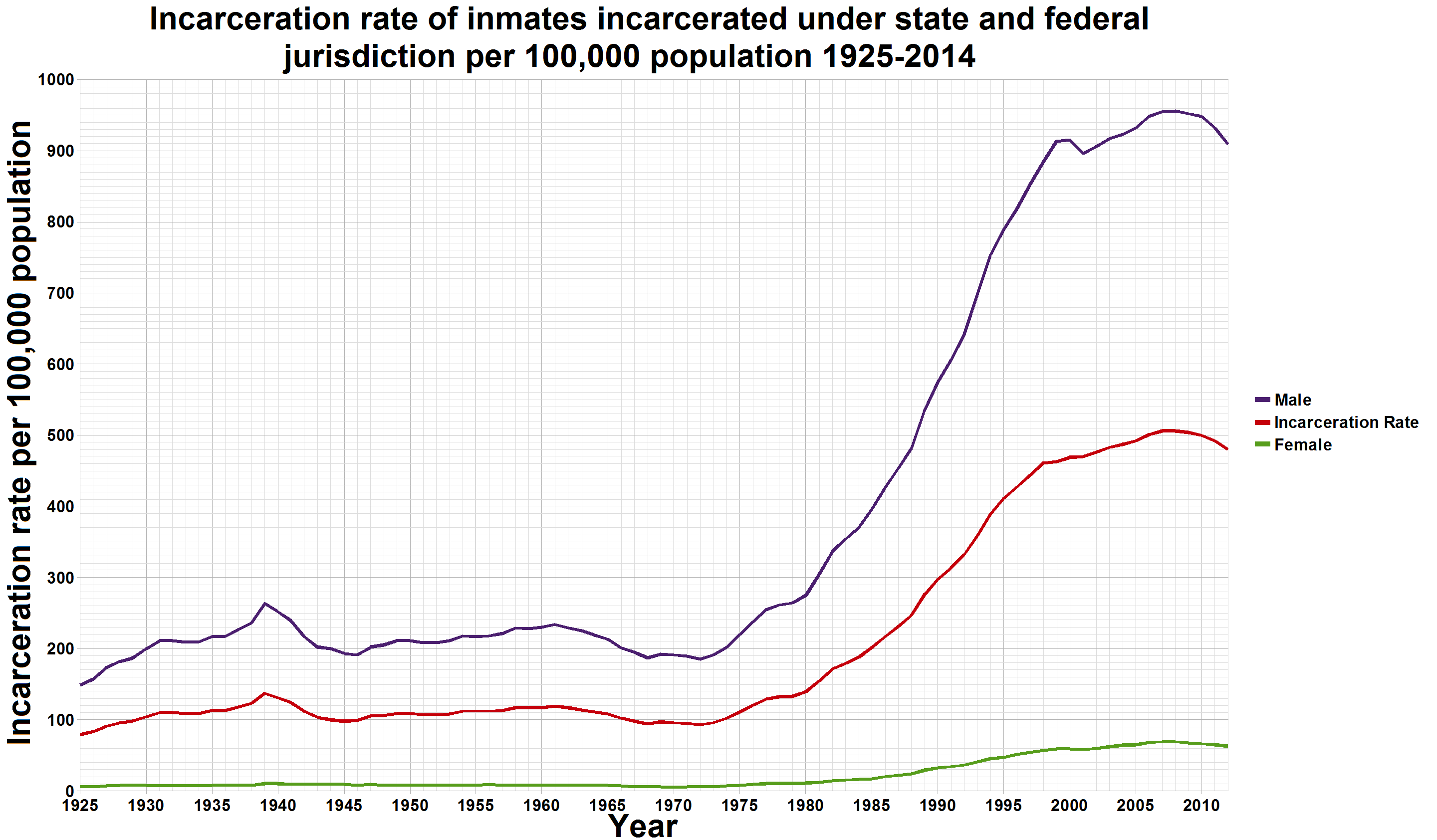
As American as apple pie and mass incarceration.
The Who must have had Gov. Jerry Brown in mind when they sang, “Meet the new boss, same as the old boss.” The compromise plan he and state leaders hammered out today to deal with prison overcrowding looks awfully like his prison privatization giveaway, except for one word: “If.”
If necessary, the agreement lawmakers announced Tuesday frees up a $315 million payoff to private prisons, so they can take some 6,000 California inmates off California’s hands. Over the next three years, that figure could clear $1 billion. You know, if.
Brown and his fellow lawmakers want to make this out to be a federal three-judge panel’s fault. Despite outsourcing thousands of inmates through realignment and out-of-state contracts, the panel is still mandating that the prison system drop its population figures to 137.5 percent of design capacity. (Which is kind of an arbitrary figure to begin with, but whatever.) As of Sept. 4, we were at 143.8 percent, with 133,412 inmates.
California hasn’t whittled these figures through actual reforms, mostly because it hasn’t attempted any, so Brown decided to expand a policy that was hiding in the margins: contracts with private prisons.
We currently house nearly 8,700 homegrown inmates in private, out-of-state prisons, with another 624 sheltered in a private, in-state penitentiary. Brown wanted (and still wants, some might say) to nearly double those figures, and at the aforementioned $315 million price tag.
Some Democratic leaders balked—with Senate leader pro tem Darrell Steinberg sketching out an alternative that concentrated resources toward lowering recidivism—so the crafty Brown split the difference: Let the judges decide between the two plans. If the panel extends California’s December deadline to hit the capacity target, and/or raise that target, we’ll go with Steinberg’s proposal to address our incarceration culture, at least one piece of it. If the panel holds tight, as it has every inch of the way thus far, the state will rent out about 9,500 cells in private penitentiaries.
Either way, Brown gets to deflect the blame.
Savvy bastard.
 In case you need an explanation, here’s why increasing the toehold of corporate prison culture in California is unforgivable.
In case you need an explanation, here’s why increasing the toehold of corporate prison culture in California is unforgivable.
Our current prison system is already a thinly veiled sub-economy. Every person that gets incarcerated is a tax-funded deposit to the officer who arrests him, the attorneys who represent or prosecute him, the judge who sentences him, the correctional officers who process and guard him, the probation officer who supervise and—in all likelihood—violate him back into prison, to start the whole financial arrangement over again.
Don’t get me wrong. There are many people who need to be locked up. But by the California Department of Corrections and Rehabilitation’s own figures, there are also thousands wasting away on minor drug charges or who are otherwise low-risk offenders with one to three years left in their sentences.
Dispatching these inmates to private prisons takes one failed economic model and adds steroids. At least California’s prison system has to pretend it’s responsible to the public, and make some carve-out for criminal rehabilitation programs. A privatized, corporate model is only responsible to its shareholders, who want what’s best for the bottom line and nothing else. And what’s best for the bottom line is if beds are full.
That means no rehab and tons of parole violations. That means setting up offenders to fail, creating less safe streets or, alternatively, a new powerful lobby that wants to criminalize smaller infractions to build their bunk accounts. That means police state madness.
Here’s hoping that doesn’t happen. Here’s hoping the governor is more humane than that. Here’s hoping we won’t get fooled again.
